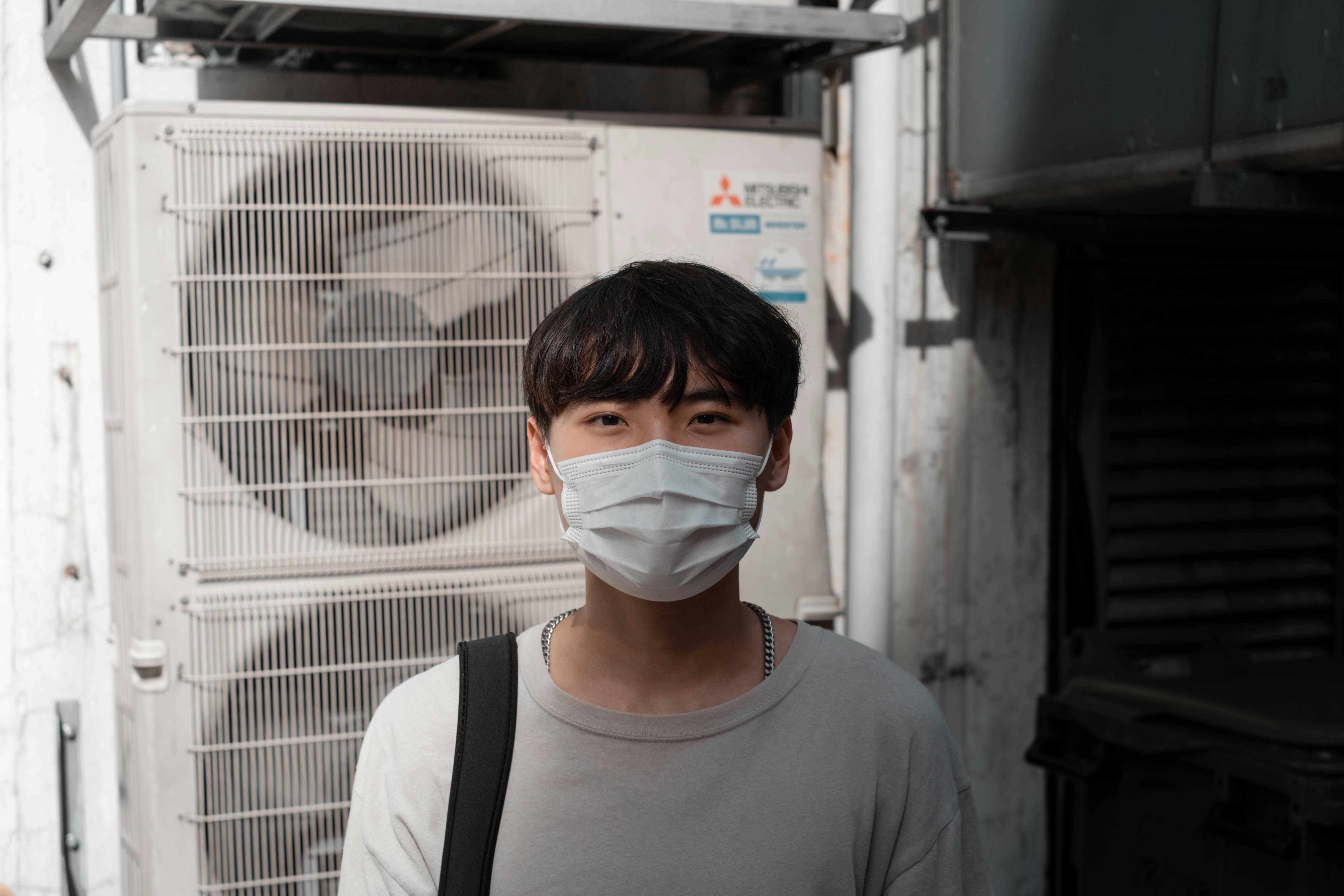
Murmurs of outdoor air pollution swirl in public discourse, yet an insidious and less discussed threat lurks within our homes and workplaces. Despite spending an estimated 90% of our time indoors, we often overlook the unseen dangers permeating our breathable space. Far from benign, the domestic air can harbor a cocktail of pollutants stemming from everyday activities, fixtures, and products. These threats affect health, productivity, and overall quality of life, making exposure a silent concern.
The Culprits Within
Modern living calls for convenience, but this comes with a hidden toll. Ordinary household products, such as cleaning agents, paints, and varnishes, often release volatile organic compounds. Ironically, items intended to improve surroundings — from air fresheners to scented candles — can also taint indoor air quality.
Abrasive as it seems, our grandmothers’ advice might’ve rung true: open a window. Stale indoor air is a breeding ground for dust mites, molds, and volatile compounds, which together present a trifecta of unhealthiness. Coupled with emissions from cooking, heating, and uncanny pollutants from new furniture and electronics, our sacred indoors may host a hebdomadal haze of toxicity.
A surprising source of indoor pollutants often comes from where we least expect it—our beloved pets. Although they offer us companionship and joy, cats and dogs can shed dander, which serves as allergen corpuscles in the air, aggravating respiratory conditions for sensitive individuals. Keeping pets groomed and maintaining clean floors and furniture can help minimize their impact.
House plants, often viewed as havens of serenity, can harbor molds when inadequately taken care of. Over-watering and poor drainage create a soggy environment conducive to mold growth, often releasing spores into the air. This interaction between excess moisture and plant soil sometimes escapes notice, leading to an expansion of allergens without conscious intervention.
Home renovators often opt for new carpets as a lavish finish, anticipating the plush underfoot experience. However, they might not realize that freshly laid carpets can introduce elements like formaldehyde, a potent irritant. Over time, chemicals from adhesives and carpet fibers, especially if synthetic, contribute silently to indoor air pollution. As the carpet fibers age, vacuuming regularly becomes imperative, mitigating the spread of particles that mingle with household air.
Maintaining clean air ducts is equally important in managing indoor air quality. Dust and pollutants can accumulate within ventilation systems, circulating throughout the home. Arizona Chimney & Air Ducts cleaning experts at Arizona Chimney Sweep are the best option for Phoenix residents who want to learn the importance of regular duct cleaning to ensure the air you breathe is as fresh and pollutant-free as possible.
The Health Hazard
Exposure to these pollutants is far from inconsequential. Common symptoms such as headaches, dizziness, and fatigue might mask a deeper impact. Prolonged exposure, especially in poorly ventilated spaces, risks aggravating respiratory symptoms or triggering asthma.
Children and the elderly are particularly vulnerable, their bodies less able to combat the invasive toxins seeping through the air they breathe. Recent studies correlate bad air quality with cognitive decline and decreased productivity, presenting a silent thief of potential.
The emergence of energy-efficient buildings, while environmentally progressive, sometimes compromises the ingress of fresh air. Without adequate ventilation, the very measures designed to conserve energy can lead to sick building syndrome, manifesting in symptoms ranging from headaches to severe allergies.
The rise of remote working environments marks another layer of concern, where home becomes both a personal and professional sanctum. The blurring of lines calls for vigilance, ensuring that air quality remains at an optimal level, especially with increased hours spent indoors. Investing in air quality monitoring devices can provide a real-time understanding of the indoor environment, guiding actionable adjustments.
What Lies Beneath
Not all threats are conspicuous. Radon, a naturally occurring gas and known carcinogen, sneaks through cracks in buildings, basements, and ground floors. Though invisible and odorless, radon’s wrath is genuine, accounting for significant lung cancer cases annually.
Carbon monoxide, another invisible menace, demands vigilance. Inadequate ventilation or faulty heaters quietly release this deadly gas, making daily activities in the cozy corners of homes perilous without the awareness of this stealthy predator.
The misconceived haven of a cozy, tightly sealed home is often where carbon monoxide most insidiously accumulates. Awareness campaigns and the use of carbon monoxide detectors can prove life-saving, offering timely alerts before it reaches hazardous levels.
While often dismissed, fire-retardant materials carry their own set of concerns, primarily through polybrominated diphenyl ethers (PBDEs) used in furniture and electronics. These chemicals seep into the air over time and accumulate in dust, contributing to potential health impacts over prolonged exposure. Regular dusting and ventilation can alleviate some of the associated risks.
Conclusion
By overlooking the air quality in our homes, we risk the health and welfare of those within. Though beneficial for their convenience, certain aspects of daily living unknowingly harm more than heal. Awareness and minor adjustments provide a solid first step toward reclaiming the sanctity of indoor air, ensuring our havens remain true sanctuaries in essence and breath.